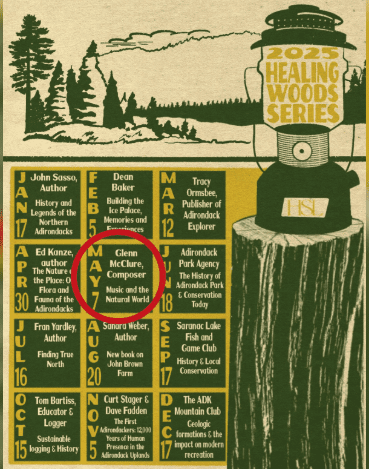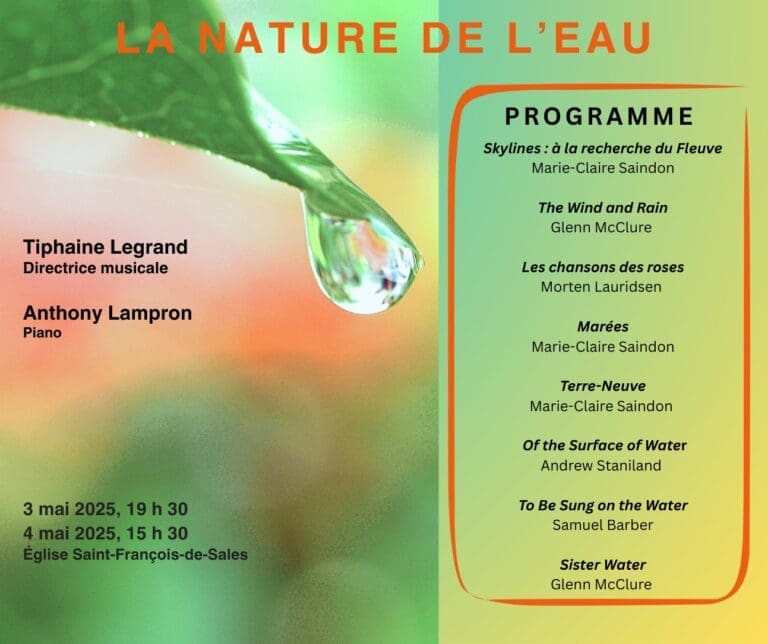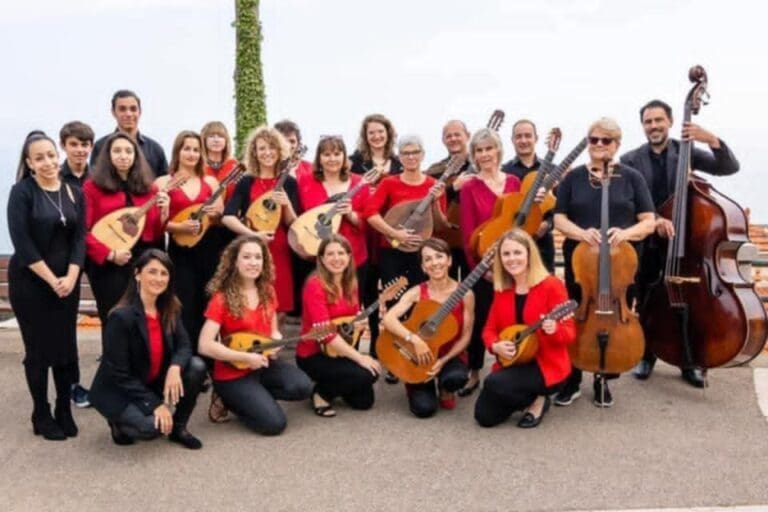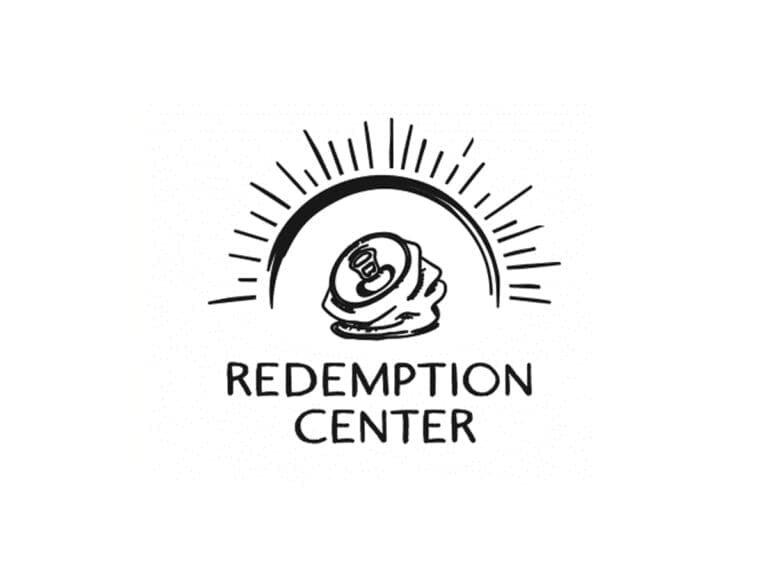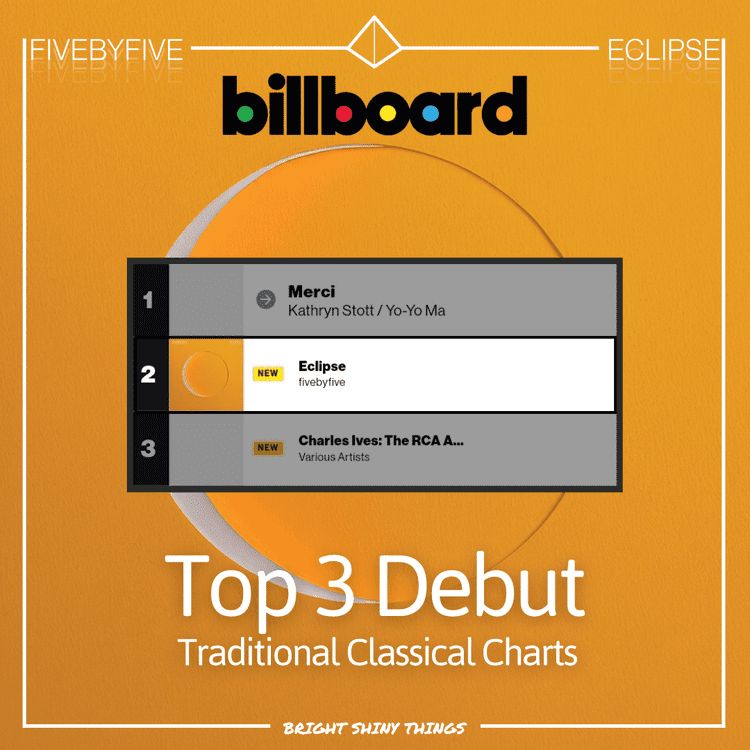St. Patrick’s Day in French Canada
My last name is McClure, so I have some pretty strong Celtic roots. While St. Patrick’s Day was celebrated today in several cities across Quebec, I had one of the most unusual St. Patty’s Days of my life. Louise and I drove to Montreal. I bought some spectacular French cheese at the farmers’ market. I toured the Italian neighborhood. I spent the afternoon learning the inner workings of Haitian konpa and I finished the day with a fine Chinese dinner with Louise’s husband Richard. Once again, Quebec showed off its multicultural credentials to this American composer.
Back to the konpa. I have heard konpa on my trips to Haiti and on world music radion stations, but this was the first time had an expert walk me through each of the musical components of this hot dance rhythm. Producer Karl-henry Legagneur was my teacher. Louise and I met him at his Montreal studio and Karl-henry quickly caught the spirit of our project. We set up in his production room and he built a konpa groove for me, one voice at a time. I could learn each part separately and then see how they interact in the full ensemble. Some of the rhythms, like the clave part is shared by other Caribbean music styles like Calypso, but other parts were unique to konpa. I found that the core rhythm of konpa aligns perfectly with the phrase “Gloria in excelsis Deo,” so that made the decision of setting the Gloria text to konpa very simple.
The groove that he assembled for me was based on the chord progression of I-IV-V-IV. I recognized that progression from other recordings I had heard. Karl-henry explained that over half of all konpa songs are based on that progression…so another easy decision to make for the Gloria…I will use that progression.
Karl-Henry also shared some of the important elements of form in konpa. It is common to begin a piece with a rubato, jazz-like piano introduction before the groove begins. Also, he said it was essential to place a guitar or piano solo after the first couple of verses and refrains.
One of the ongoing questions behind this commission deals with the relationship between Haitian music in Quebec and Haitian music in Haiti. It was clear from my conversations with Eddy Cave, that there are close cultural, linguistic, economic and familial ties between Haitians in Canada and Haiti, but I needed to know what makes the Canadian experience different and unique. Karl-henry said that, in his experience, Haitian musicians in Quebec mix their music with other styles that they encounter here. For example, many North American gospel singing is well establishd in Haitian churches. Sometimes, you will here some very traditional gospel music with a konpa rhythm in back of it. This is what I was looking for! While the Gloria is already taking shape, one of the other movements will need to be set in a gospel style with a subtle konpa groove underneath.
I asked Karl-Henry if, within Haitian music traditions, there are any taboos in the use of konpa. Are there music styles or musical environments where it is inappropriate to use konpa? He explained that konpa is very flexible, very adaptable like jazz. He said, “Konpa goes with everything. If you are not sure, you just try it. If it doesn’t work, you just try it again.”
We also talked about a more folkloric style called “troubadour.” This works well for slower tempos and simpler textures. It is made with combination of maracas, claves, bass and guitar. I want to use this for one of the internal movements in the piece. I am not sure which one yet.
This was a very productive session. I came away with some questions answered and some new conceptual ideas established. Karl-Henry was so helpful and gracious with his time and talent today. He is going to send me a copy of the konpa he created so I can continue to study it. Many thanks to this fine musician and new friend!

